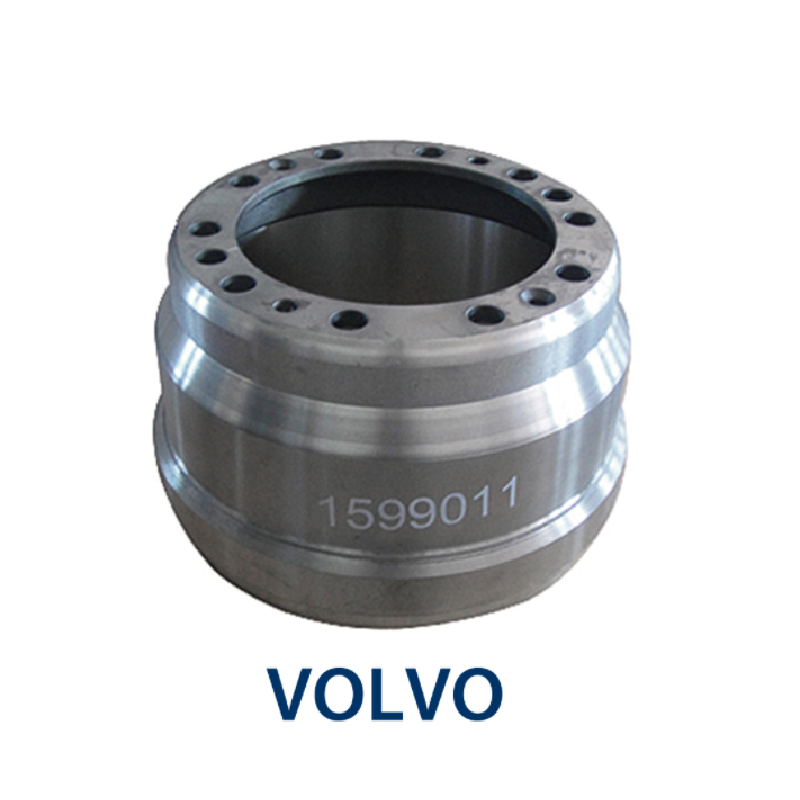Nov . 28, 2024 02:29 Back to list
Comparing Disc Brakes and Drum Brakes for Optimal Vehicle Performance and Safety
Disc Brakes vs. Drum Brakes Understanding the Key Differences
When it comes to vehicle braking systems, two prevalent types are disc brakes and drum brakes. Both serve the essential function of slowing down or stopping a vehicle, but they operate in distinctly different ways, and their applications vary based on performance requirements and vehicle design. In this article, we will explore the features, advantages, and disadvantages of each system to provide a comprehensive understanding for drivers and car enthusiasts alike.
What are Disc Brakes?
Disc brakes consist of a round, flat metal disc (the rotor) that is attached to the wheel. When the driver presses the brake pedal, brake pads clamp down on the rotor's surface, creating friction that slows down the wheel's rotation. This system is typically found in modern vehicles, especially on the front wheels, due to its effectiveness in dissipating heat and offering reliable stopping power.
Advantages of Disc Brakes
1. Improved Performance Disc brakes are known for their superior stopping power, especially during high-performance driving or in emergency situations. The design allows for more efficient heat dissipation, minimizing the risk of brake fade, which can occur when brakes overheat.
2. Better Wet Weather Performance Disc brakes perform better in wet conditions because water can easily escape from the rotors, maintaining effective contact between the pads and the disc. This leads to more consistent braking performance in rainy weather.
3. Easier Maintenance The open design of disc brakes makes them easier to inspect and replace compared to drum brakes. This accessibility can lead to lower labor costs during maintenance.
What are Drum Brakes?
disc brake drum brake

Drum brakes, on the other hand, consist of a cylindrical drum that rotates with the wheel. Inside the drum, brake shoes press outward against the inner surface of the drum when the brake pedal is engaged, creating friction that slows the vehicle. While drum brakes were once the standard in automotive design, they are now typically found on the rear wheels of many economy cars and older vehicles.
Advantages of Drum Brakes
1. Cost-Effectiveness Drum brakes are generally less expensive to manufacture and install, making them a budget-friendly option for automakers and consumers alike.
2. Effective Holding Power Drum brakes provide excellent holding power when the vehicle is stationary, which is why they are often used in parking brake systems.
3. Less Exposure to Elements The enclosed design of drum brakes protects the braking components from dirt, debris, and moisture, which can extend the lifespan of the system.
Disadvantages of Each System
Although both systems have their merits, they are not without drawbacks. Disc brakes can be more expensive to produce and may require more frequent replacement of pads due to their exposure. On the other hand, drum brakes can suffer from brake fade more easily under heavy use, and their maintenance may require more effort due to the complex internal components.
Conclusion
In summary, both disc and drum brakes have essential roles in automotive design, each with unique benefits and limitations. Disc brakes excel in performance and maintenance ease, making them a favorite in modern vehicles. Meanwhile, drum brakes remain a cost-effective solution for certain applications. As technology advances, the automotive industry continues to evolve, often leading to the adoption of disc brakes for both front and rear applications in many vehicles. Understanding these differences can assist consumers in making informed decisions regarding vehicle maintenance and upgrades, ultimately leading to safer driving experiences.
-
High-Quality Trailers for Towing Needs | Shop Now
NewsJul.25,2025
-
Premium MAN Shaving Kit for Effortless Comfort
NewsJul.25,2025
-
HINO Advanced Machinery Solutions - LONGYAO COUNTY YIHANG MACHINERY | Industrial Efficiency&Customization
NewsJul.21,2025
-
HINO Machinery Solutions - LONGYAO COUNTY YIHANG MACHINERY MANUFACTURING CO.LTD | Precision Engineering, Customizable Configurations
NewsJul.21,2025
-
HINO Machinery Solutions - LONGYAO COUNTY YIHANG MACHINERY MANUFACTURING CO.LTD | Precision Engineering, Customizable Configurations
NewsJul.21,2025
-
HINO Machinery Solutions - LONGYAO COUNTY YIHANG MACHINERY MANUFACTURING CO.LTD | Precision Engineering, Customizable Configurations
NewsJul.21,2025
